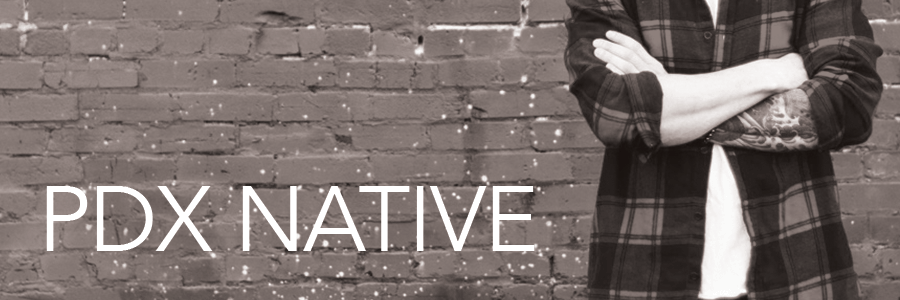top of page

Matt Spassov : PDX born. PDX Raised.
With a passion for problem solving and following my own path, I see the world in a different way. My solutions to problems are unique and effective.
For me, its about the discovery; that ‘AHA’ moment during the process… That’s what I live for.
Creative Process:
1. Understanding the Project:
-
Client Meeting:
-
Meet with the client to understand project goals, target audience, and expectations.
-
Clarify the scope, objectives, and any specific requirements.
-
2. Research and Inspiration:
-
Industry and Audience Analysis:
-
Research the client's industry and target audience.
-
Identify design trends and competitors' approaches.
-
-
Create Mood Boards:
-
Compile images, colors, and typography examples to set the tone and visual direction.
-
3. Concept Development:
-
Brainstorming:
-
Generate ideas through brainstorming sessions.
-
Explore various concepts and approaches.
-
-
Sketching:
-
Create rough sketches to visualize design concepts.
-
Experiment with different layouts and structures.
-
4. Digital Exploration:
-
Digital Drafting:
-
Translate selected sketches into digital form using graphic design software.
-
Begin the iterative design process, refining and experimenting.
-
-
Typography and Color Exploration:
-
Test different font combinations and color palettes.
-
Consider the emotional impact of chosen elements.
-
5. Feedback and Iteration:
-
Internal Review:
-
Seek feedback from peers or mentors within the creative team.
-
Evaluate the design against the project objectives.
-
-
Client Presentation:
-
Present initial design concepts to the client.
-
Gather feedback and insights for refinement.
-
6. Refinement:
-
Iterative Design:
-
Based on feedback, refine and iterate on the design.
-
Pay attention to details, ensuring consistency and coherence.
-
-
Client Collaboration:
-
Collaborate closely with the client during the refinement process.
-
Address concerns and incorporate client preferences.
-
7. Finalization:
-
Quality Assurance:
-
Conduct a final review to ensure all design elements meet quality standards.
-
Check for technical issues and consistency.
-
-
Prepare Design Files:
-
Organize and prepare design files for delivery.
-
Ensure files are in the appropriate formats for various applications.
-
8. Presentation to Client:
-
Final Design Presentation:
-
Present the final design to the client.
-
Explain design choices and how they align with the project goals.
-
9. Client Approval and Delivery:
-
Client Approval:
-
Obtain client approval for the final design.
-
Address any last-minute adjustments.
-
-
Delivery:
-
Provide the client with the finalized design files.
-
Ensure a smooth handover of assets.
-
10. Post-Project Reflection:
-
Feedback and Evaluation:
-
Collect feedback from the client on the completed project.
-
Reflect on the design process, identifying strengths and areas for improvement.
-
Contact
bottom of page